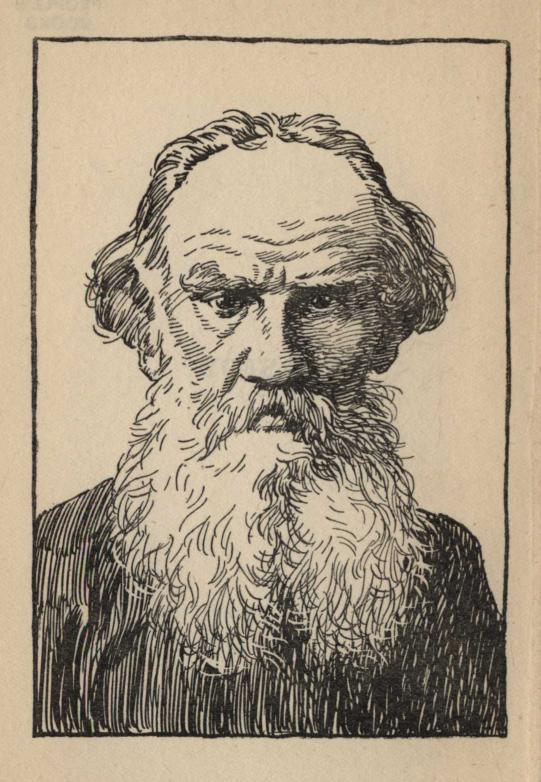TOLSTOY
BY L. WINSTANLEY, M.A.
LECTURER IN ENGLISH IN THE UNIVERSITY COLLEGE OF WALES, ABERYSTWYTH
LONDON: T. C. & E. C. JACK
67 LONG ACRE, W.C., AND EDINBURGH
NEW YORK: DODGE PUBLISHING CO.
DEDICATED
TO MY BELOVED FRIEND
ANNA BRODSKY
CONTENTS
CHAP.
II. LIFE OF TOLSTOY—"A LANDED PROPRIETOR"—"CHILDHOOD"—"THECOSSACKS"—"TALES FROM SEBASTOPOL"
IV. "WAR AND PEACE"
VI. "MY CONFESSION"—"MY RELIGION"—"WHAT IS ART?" ETC.
VII. "THE POWER OF DARKNESS"—"THE KREUTZER SONATA"—"RESURRECTION"
VIII. THE INFLUENCE OF TOLSTOY
TOLSTOY
CHAPTER I
TOLSTOY'S CONTEMPORARIES
The most striking literary phenomenon of the nineteenthcentury is, undoubtedly, the rise into power andprominence of Russian authors.
Some fifty years ago Russian literature waspractically unknown to Western Europe; by the majority ofpeople its very existence seems to have beenunsuspected; we find even so great an adventurer as Carlyle,himself guiding his countrymen to many new tracts ofliterary discovery, speaking of "the great silent Russianswho are drilling a whole continent into obedience, butwho have produced 'nothing articulate' as yet."[1] Inless than thirty years from the time when Carlylepenned that sentence Russian literature had becomerecognised as one of the most powerful and vital inEurope; its influence, already enormous, increasesevery day; it is great in France, in Germany, inScandinavia, even in conservative England; hardly since theRenaissance has Europe beheld such a phenomenon—aliterary advance at once so rapid and so great.
[1] Heroes and Hero Worship.
The truth is that we have seen in Russia a growthvery similar to that which occurred in Western Europeat the time of the Renaissance. In the fifteenth andsixteenth centuries Europe as a whole experienced thevivifying influence of two great literatures—Greek andLatin—and it had, at the same time, a mode of life{8}to depict and ideas of life to express which differedwidely from those of the classical nations: the greatmodels showed them the fascination of poetry and art,and stimulated them to production; the differentconditions
